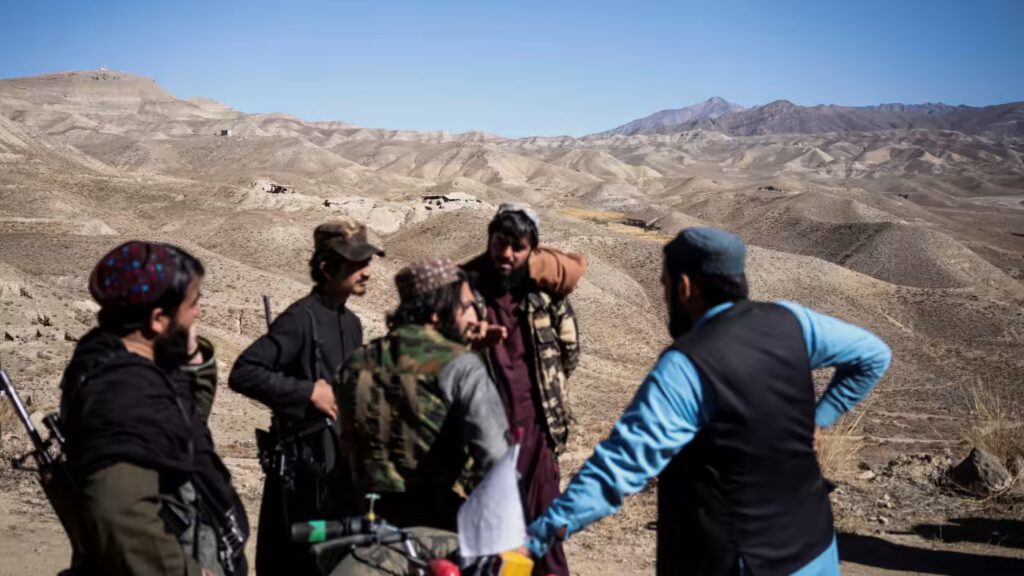ISIS Threatens to Target Chinese Embassy in Afghanistan, UN Says
Islamic State militants have threatened to target Chinese, Indian, and Iranian embassies in Afghanistan in an effort to isolate the Taliban from a handful of countries it counts as diplomatic allies.









